Genggeng Liu
An Intelligent CNN-VAE Text Representation Technology Based on Text Semantics for Comprehensive Big Data
Aug 28, 2020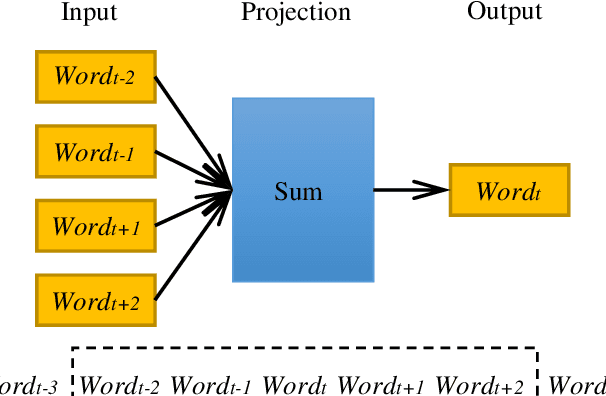
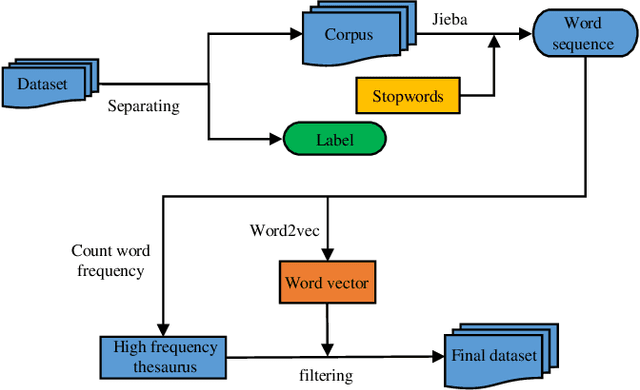
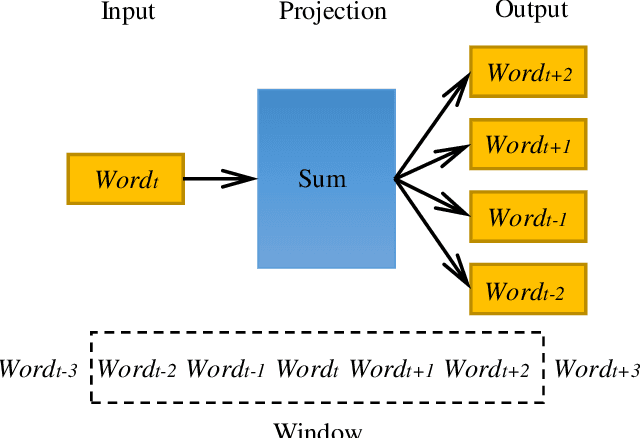
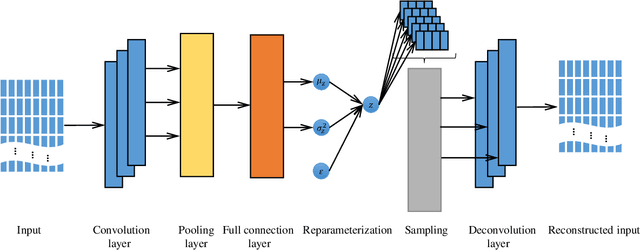
Abstract:In the era of big data, a large number of text data generated by the Internet has given birth to a variety of text representation methods. In natural language processing (NLP), text representation transforms text into vectors that can be processed by computer without losing the original semantic information. However, these methods are difficult to effectively extract the semantic features among words and distinguish polysemy in language. Therefore, a text feature representation model based on convolutional neural network (CNN) and variational autoencoder (VAE) is proposed to extract the text features and apply the obtained text feature representation on the text classification tasks. CNN is used to extract the features of text vector to get the semantics among words and VAE is introduced to make the text feature space more consistent with Gaussian distribution. In addition, the output of the improved word2vec model is employed as the input of the proposed model to distinguish different meanings of the same word in different contexts. The experimental results show that the proposed model outperforms in k-nearest neighbor (KNN), random forest (RF) and support vector machine (SVM) classification algorithms.
A novel particle swarm optimizer with multi-stage transformation and genetic operation for VLSI routing
Nov 26, 2018
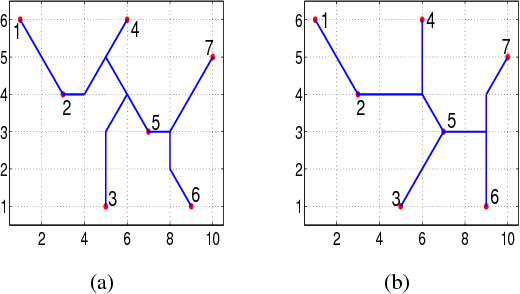


Abstract:As the basic model for very large scale integration (VLSI) routing, the Steiner minimal tree (SMT) can be used in various practical problems, such as wire length optimization, congestion, and time delay estimation. In this paper, a novel particle swarm optimization (PSO) algorithm based on multi-stage transformation and genetic operation is presented to construct two types of SMT, including non-Manhattan SMT and Manhattan SMT. Firstly, in order to be able to handle two types of SMT problems at the same time, an effective edge-vertex encoding strategy is proposed. Secondly, a multi-stage transformation strategy is proposed to both expand the algorithm search space and ensure the effective convergence. We have tested three types from two to four stages and various combinations under each type to highlight the best combination. Thirdly, the genetic operators combined with union-find partition are designed to construct the discrete particle update formula for discrete VLSI routing. Moreover, in order to introduce uncertainty and diversity into the search of PSO algorithm, we propose an improved mutation operation with edge transformation. Experimental results show that our algorithm from a global perspective of multilayer structure can achieve the best solution quality among the existing algorithms. Finally, to our best knowledge, it is the first work to address both manhattan and non-manhattan routing at the same time.
An Intelligent Extraversion Analysis Scheme from Crowd Trajectories for Surveillance
Sep 27, 2018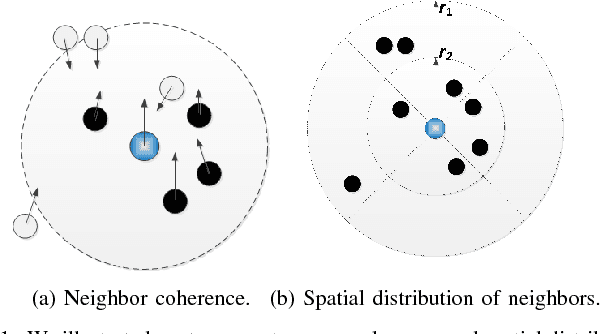
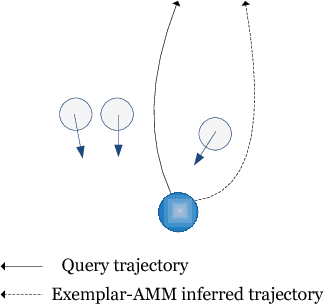
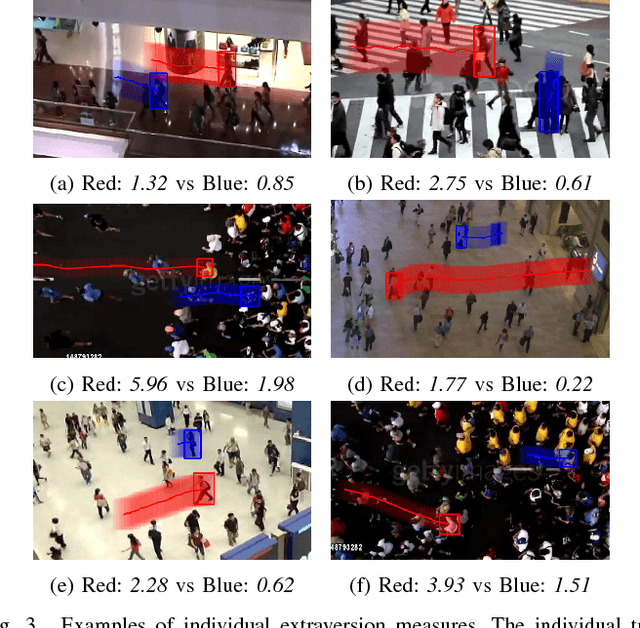
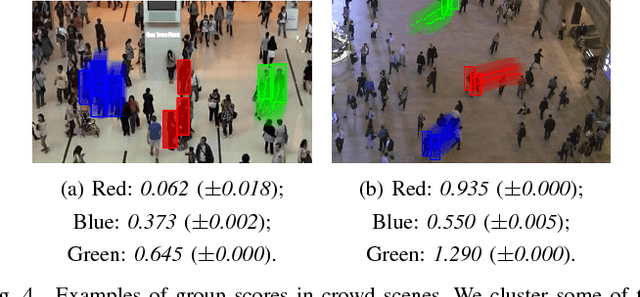
Abstract:In recent years, crowd analysis is important for applications such as smart cities, intelligent transportation system, customer behavior prediction, and visual surveillance. Understanding the characteristics of the individual motion in a crowd can be beneficial for social event detection and abnormal detection, but it has rarely been studied. In this paper, we focus on the extraversion measure of individual motions in crowds based on trajectory data. Extraversion is one of typical personalities that is often observed in human crowd behaviors and it can reflect not only the characteristics of the individual motion, but also the that of the holistic crowd motions. To our best knowledge, this is the first attempt to analyze individual extraversion of crowd motions based on trajectories. To accomplish this, we first present a effective composite motion descriptor, which integrates the basic individual motion information and social metrics, to describe the extraversion of each individual in a crowd. The social metrics consider both the neighboring distribution and their interaction pattern. Since our major goal is to learn a universal scoring function that can measure the degrees of extraversion across varied crowd scenes, we incorporate and adapt the active learning technique to the relative attribute approach. Specifically, we assume the social groups in any crowds contain individuals with the similar degree of extraversion. Based on such assumption, we significantly reduce the computation cost by clustering and ranking the trajectories actively. Finally, we demonstrate the performance of our proposed method by measuring the degree of extraversion for real individual trajectories in crowds and analyzing crowd scenes from a real-world dataset.
 Add to Chrome
Add to Chrome Add to Firefox
Add to Firefox Add to Edge
Add to Edge